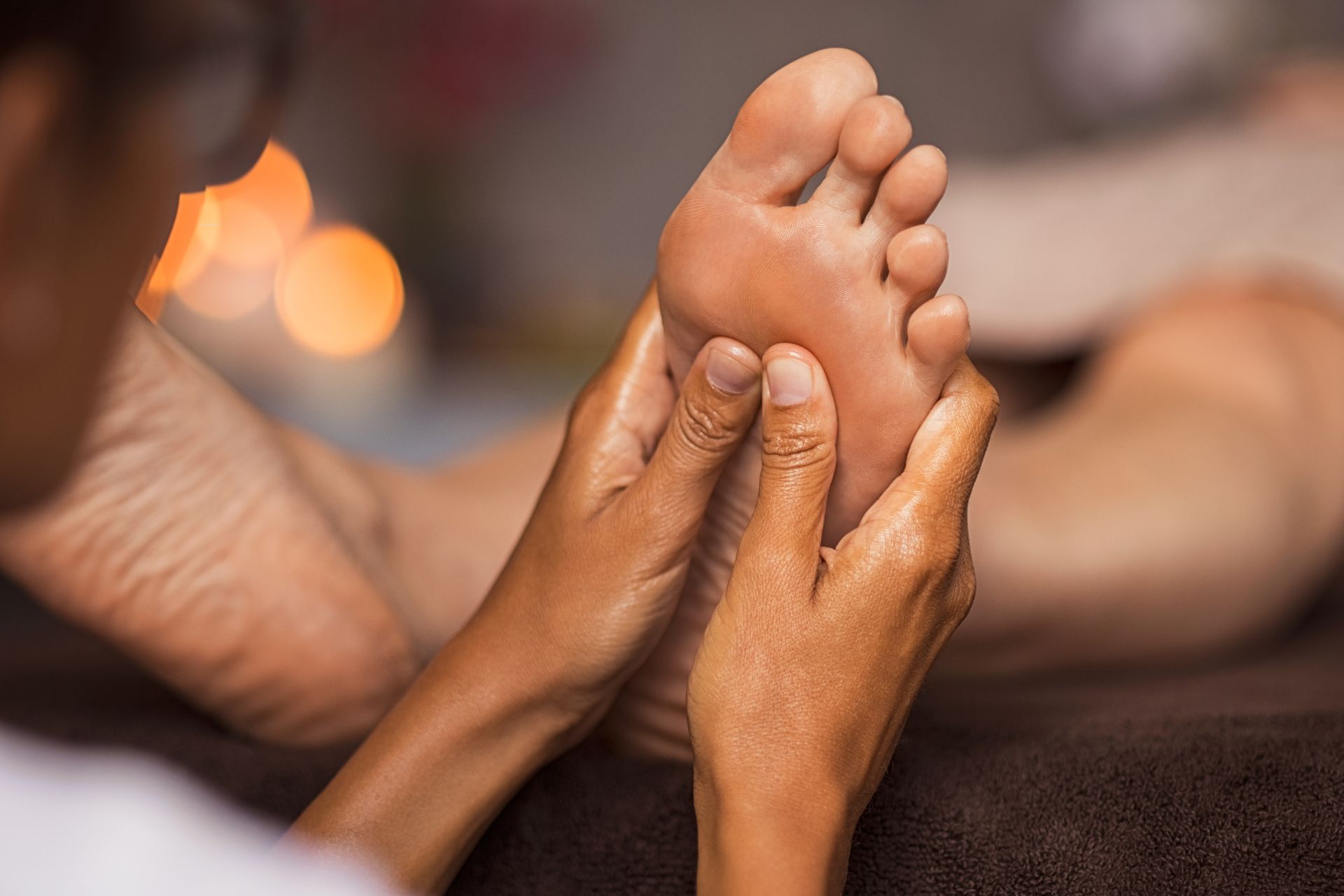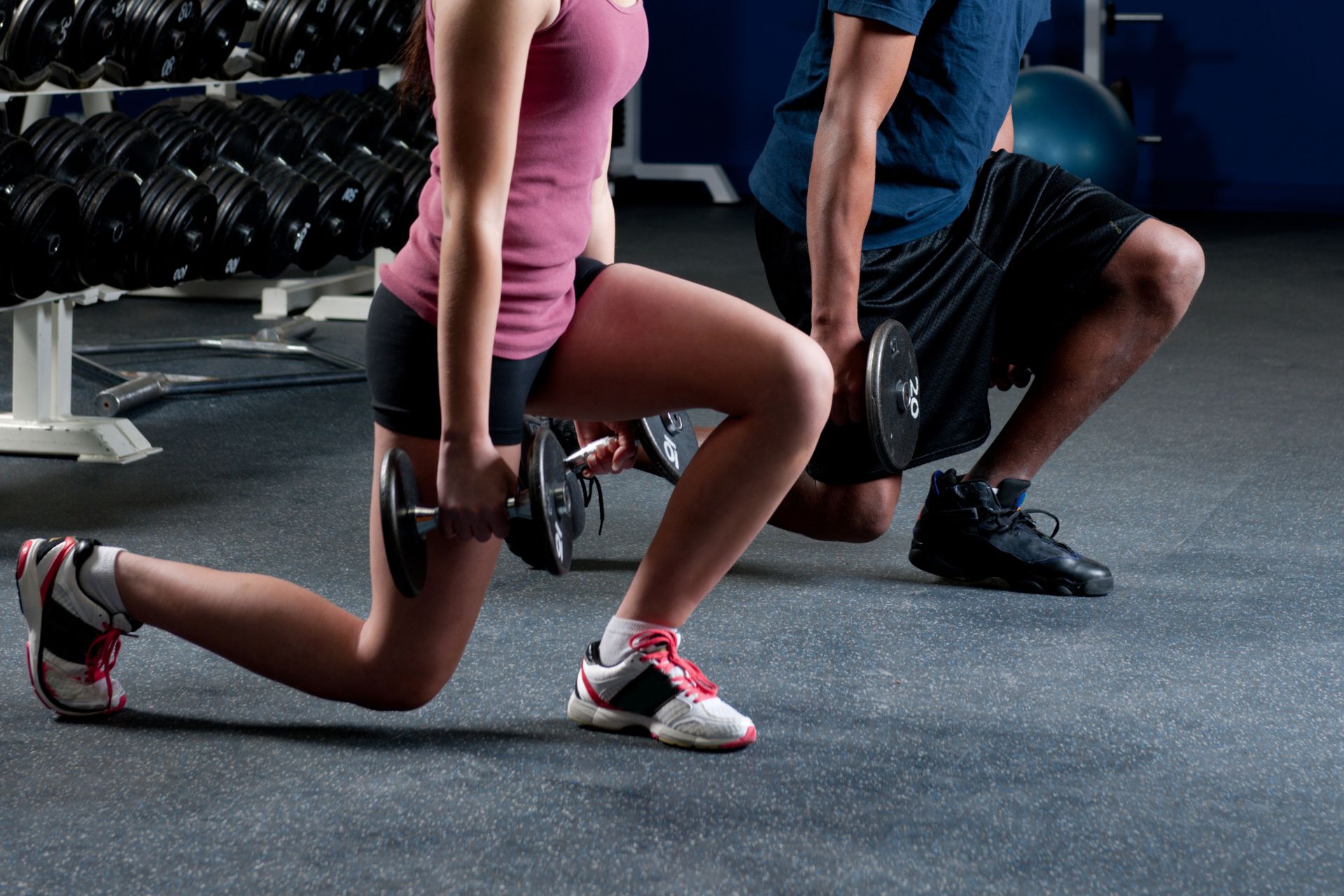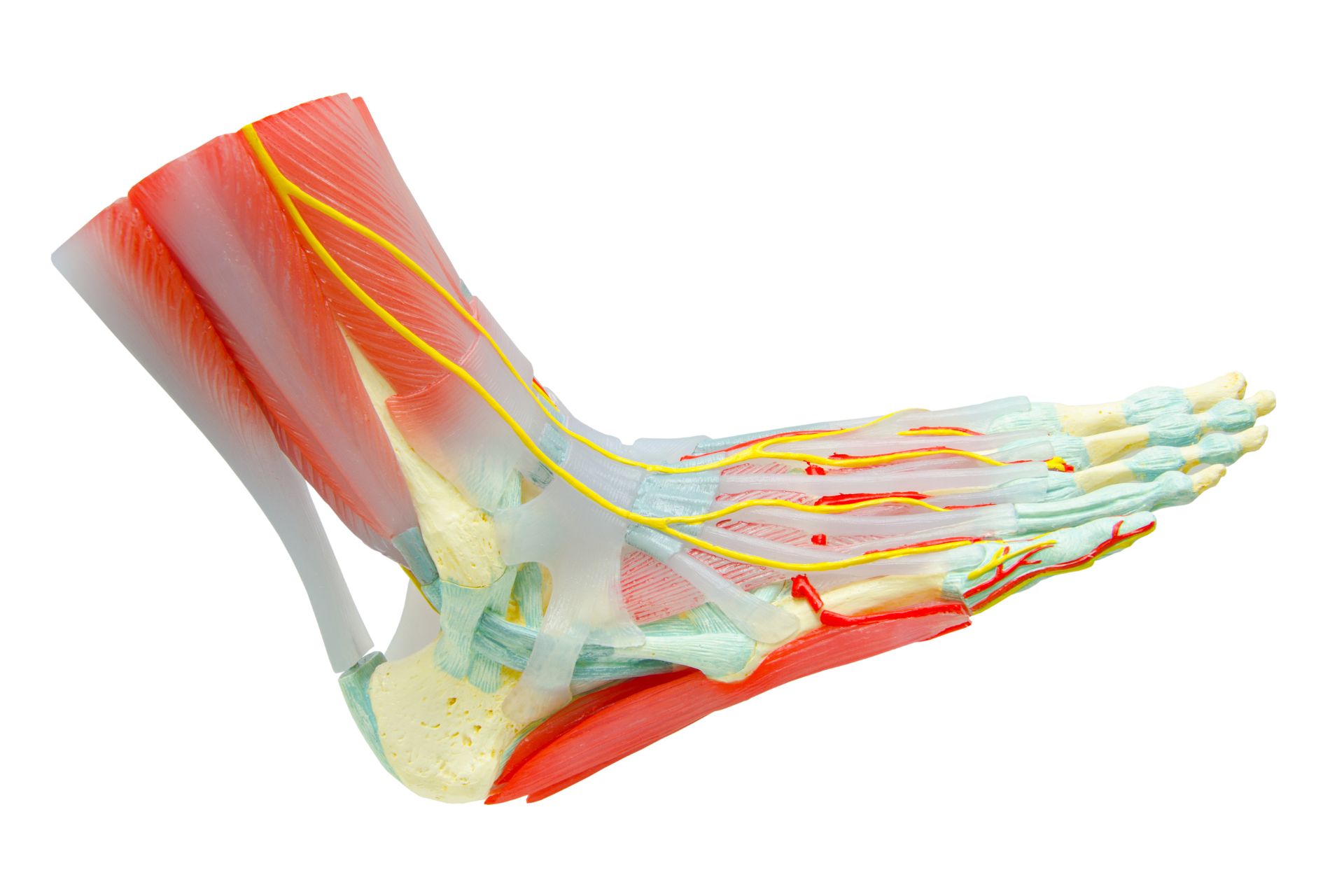Foot massage is a time-honored practice that has been used for centuries to relax the body, relieve stress, and promote overall wellness. Whether it’s a professional treatment or a self-administered massage, the benefits of this soothing activity go beyond mere relaxation. In this article, we will explore the various ways foot massage can improve your health, focusing on its positive effects on circulation, stress relief, and overall well-being.
The Science Behind Foot Massage
Foot massage, often categorized under reflexology, is based on the idea that certain points on the feet correspond to different organs and systems of the body. By stimulating these areas, it is believed that a foot massage can enhance the body’s natural healing process and improve overall health. Reflexologists and massage therapists use specific techniques to target these points, applying varying pressure to promote balance and relaxation.
Research has shown that foot massages help stimulate blood flow to the feet, improving circulation, and enhancing the body’s ability to deliver oxygen and nutrients to tissues. This can have a significant impact on overall health, especially for individuals who experience poor circulation or have conditions like diabetes.
Stress Relief and Relaxation
One of the most well-known benefits of a foot massage is its ability to relieve stress and induce a sense of calm. Many people carry tension in their feet, which can lead to discomfort or soreness. By receiving a foot massage, the body can enter a relaxed state, reducing stress hormones like cortisol while increasing the production of feel-good hormones like endorphins.
The pressure applied to certain reflex points on the feet has been shown to alleviate tension, not only in the feet themselves but throughout the entire body. A soothing foot massage can help lower anxiety, reduce mental fatigue, and improve your mood, making it an excellent tool for relaxation after a long day or a stressful event.
Improving Circulation and Blood Flow
Good circulation is essential for overall health as it ensures that blood can travel freely throughout the body, delivering vital nutrients and removing waste products. Foot massage can significantly improve circulation, particularly in the feet and lower legs, areas that tend to suffer from poor blood flow due to long periods of sitting or standing.
The gentle kneading and pressure applied during a foot massage help stimulate blood flow, aiding in the removal of toxins and improving the delivery of nutrients to cells. This can be particularly beneficial for people who have conditions that affect circulation, such as diabetes, arthritis, or peripheral vascular disease.
Reducing Foot Pain and Discomfort
Foot pain is a common problem that many people face, especially those who spend long hours on their feet or suffer from conditions such as plantar fasciitis, bunions, or heel spurs. Foot massage can help relieve this discomfort by targeting the muscles, tendons, and ligaments in the feet.
By increasing blood flow to the affected areas, foot massage can help reduce inflammation and promote healing. It can also relieve tension in the muscles and joints, reducing pain and improving mobility. Regular foot massages can be a natural, non-invasive way to manage chronic foot pain, providing relief without the need for medication or surgery.
Enhancing Sleep Quality
If you’re struggling with insomnia or poor sleep quality, a foot massage may be the answer. The relaxing effects of a foot massage can help calm the nervous system and reduce feelings of stress and anxiety, making it easier to fall asleep. The stimulation of certain reflex points on the feet may also help regulate the body’s natural sleep-wake cycle, encouraging better sleep patterns.
Massaging the feet before bedtime can create a calming ritual that signals the body it’s time to wind down. Many people find that a foot massage before sleep helps them fall asleep faster and experience deeper, more restorative sleep throughout the night.
Improving Mood and Mental Health
In addition to its physical benefits, they can also have a positive impact on mental health. As mentioned earlier, the relaxation and stress-relief benefits of foot massage can help alleviate symptoms of anxiety and depression. Regular massages can promote feelings of well-being and improve mood, making them an excellent option for individuals looking to boost their mental health.
Foot massages also promote the release of endorphins, the body’s natural “feel-good” hormones. These chemicals not only enhance mood but can also help reduce feelings of pain and discomfort, creating a more positive emotional state overall.
Stimulating Reflex Points for Organ Health
In reflexology, it is believed that specific points on the feet correspond to different organs and body systems. By massaging these reflex points, it’s thought that the body can experience various health benefits, such as improved digestion, reduced headaches, and better respiratory function.
For instance, the arch of the foot is said to be connected to the digestive system, while the ball of the foot is thought to relate to the heart and chest. Stimulating these reflex points through foot massage may encourage healing and balance in these areas of the body. Although scientific evidence on the effectiveness of reflexology is still being studied, many people report feeling significant benefits from this practice.
Foot Massage as Part of a Holistic Wellness Routine
A foot massage should not be viewed as a standalone treatment but rather as part of a larger wellness routine. When combined with other self-care practices, such as stretching, proper hydration, and healthy eating, foot massage can play an essential role in supporting overall health.
Incorporating regular foot massages into your wellness routine can help improve your posture, reduce muscle tension, and enhance overall flexibility. It can also serve as a moment of mindfulness, allowing you to reconnect with your body and unwind after a busy day.
Final Thoughts
A foot massage offers a wealth of benefits that go beyond just relaxation. It can help improve circulation, reduce stress, relieve foot pain, enhance sleep, and boost mental health. Whether you’re seeking relief from a specific condition or simply looking to unwind, incorporating foot massage into your self-care routine can significantly improve your well-being.





